
RS_Tayloria_gunnii.jpg from: https://www.anbg.gov.au/abrs/Mosses_online/53_Splachnaceae__images.html
Introduction
In the vast and captivating world of bryophytes, one moss species stands out as a true marvel – the Tayloria gunnii (Wilson) J.H.Willis. Belonging to the Splachnaceae family and commonly known as Tayloria, this remarkable moss has captured the hearts of enthusiasts worldwide with its unique characteristics and ecological significance.
Background
Before delving into the intricacies of Tayloria gunnii, it’s essential to understand the broader context of bryophytes. These non-vascular plants, which include mosses, liverworts, and hornworts, play a crucial role in various ecosystems. They are often overlooked due to their diminutive size, but their importance cannot be overstated.
Main Content
Morphology and Identification
Tayloria gunnii is a striking moss species that can be easily identified by its distinctive features. The gametophyte stage, which is the dominant phase in the life cycle of mosses, consists of leafy gametophores (stems with leaves) that form dense tufts or cushions. The leaves are lanceolate (lance-shaped) and acuminate (tapering to a long point), with a costa (midrib) that extends beyond the leaf apex, forming a hair-like awn.
One of the most remarkable aspects of Tayloria gunnii

NSW92858.jpg from: https://plantnet.rbgsyd.nsw.gov.au/cgi-bin/NSWfl.pl?page=nswfl&photo=33&file=91/335/NSW92858.jpg
is its sporophyte stage, which produces a distinctive capsule (spore-bearing structure). The capsule is cylindrical in shape and erect, with a hypophysis (swollen base) that is often bright red or orange in color. This vibrant hue is a result of the presence of carotenoid pigments, which serve as an attractant for spore-dispersing insects
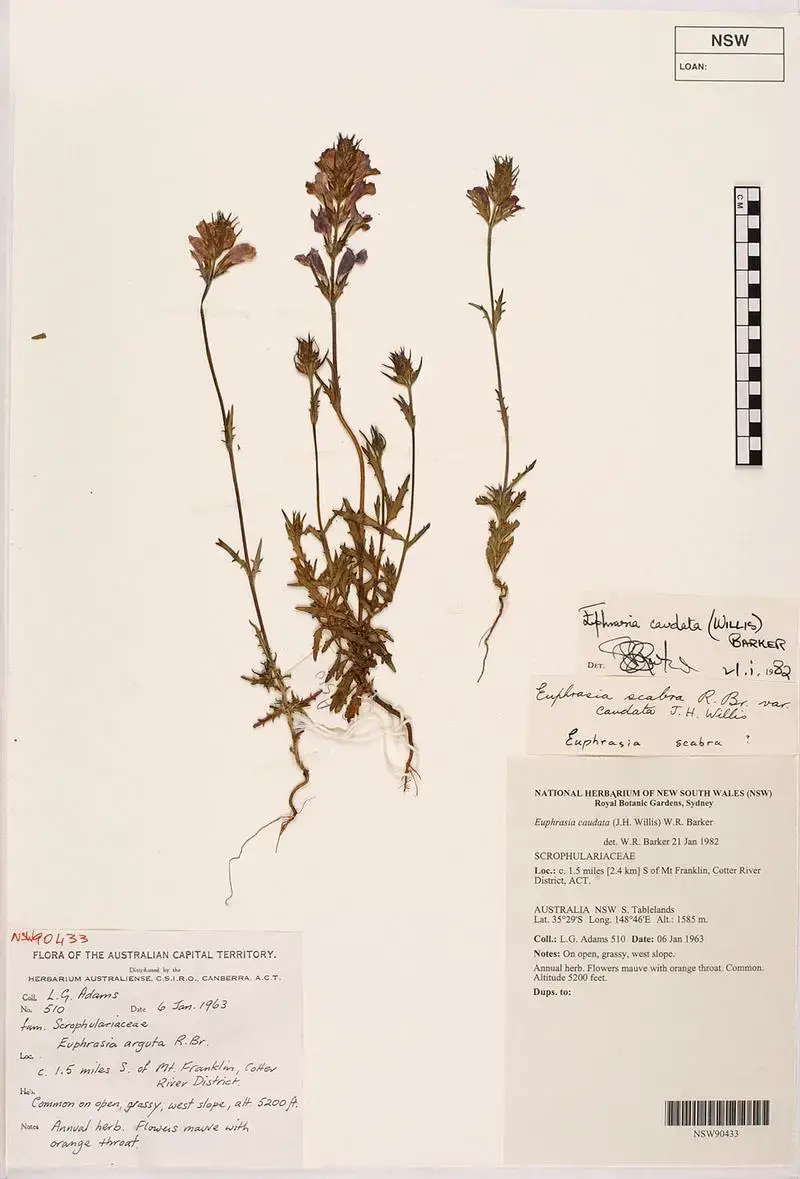
90433.jpg from: https://plantnet.rbgsyd.nsw.gov.au/cgi-bin/NSWfl.pl?page=nswfl&photo=31&file=12/628/90433.jpg
.
Global Distribution and Habitat
Tayloria gunnii is widely distributed across various regions of the world, including Australia, New Zealand, South America, and Antarctica. It thrives in a variety of habitats, ranging from subalpine and alpine regions to coastal areas and temperate rainforests.
This moss species is often found growing on decaying organic matter, such as rotting logs, animal dung, and humus-rich soils. Its preference for these nutrient-rich substrates is closely tied to its unique ecological roles and adaptations.
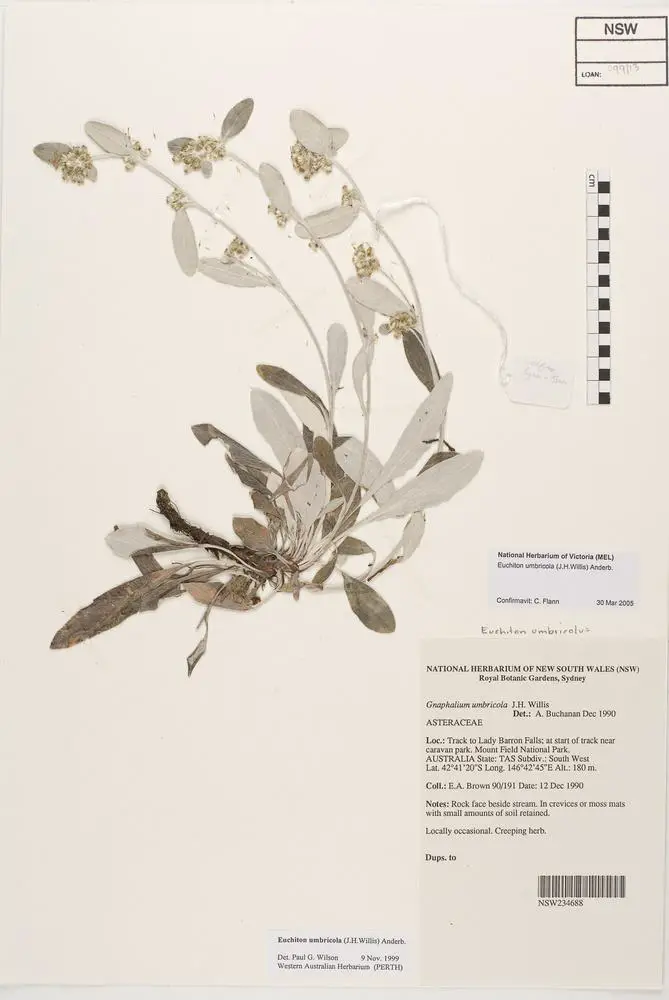
NSW234688.jpg from: https://plantnet.rbgsyd.nsw.gov.au/cgi-bin/NSWfl.pl?page=nswfl&photo=31&file=52/459/NSW234688.jpg
Ecological Roles and Adaptations
Tayloria gunnii plays a vital role in the decomposition process and nutrient cycling within its ecosystems. The bright coloration of its
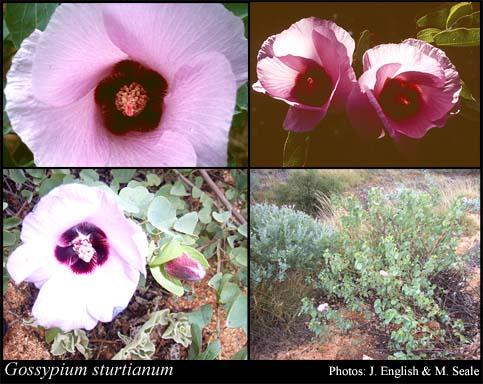
4919ic1.jpg from: https://florabase.dpaw.wa.gov.au/browse/profile/4919
capsules serves as an attractant for spore-dispersing insects, particularly flies and beetles. These insects are drawn to the capsules, which they mistake for decaying organic matter or dung. As they explore the capsules, they inadvertently pick up spores and transport them to new locations, facilitating the dispersal of the moss.
Additionally, Tayloria gunnii exhibits remarkable adaptations to its environment. Its ability to colonize and thrive on nutrient-rich substrates allows it to play a crucial role in the breakdown of organic matter and the release of essential nutrients back into the ecosystem.
Case Studies/Examples
One notable example of the ecological significance of Tayloria gunnii can be found in the subalpine regions of New Zealand. Here, this moss species plays a vital role in the decomposition of animal dung, contributing to the nutrient cycling and overall health of the ecosystem.
Technical Table
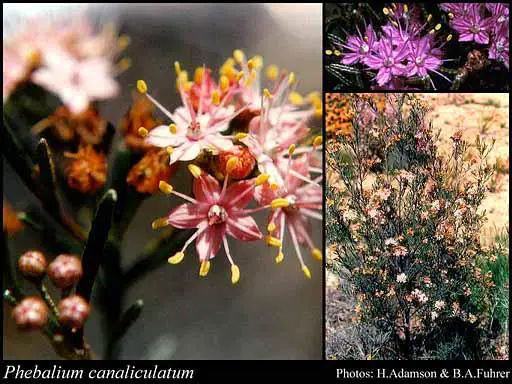
4497ic1.jpg from: https://florabase.dpaw.wa.gov.au/browse/profile/4497
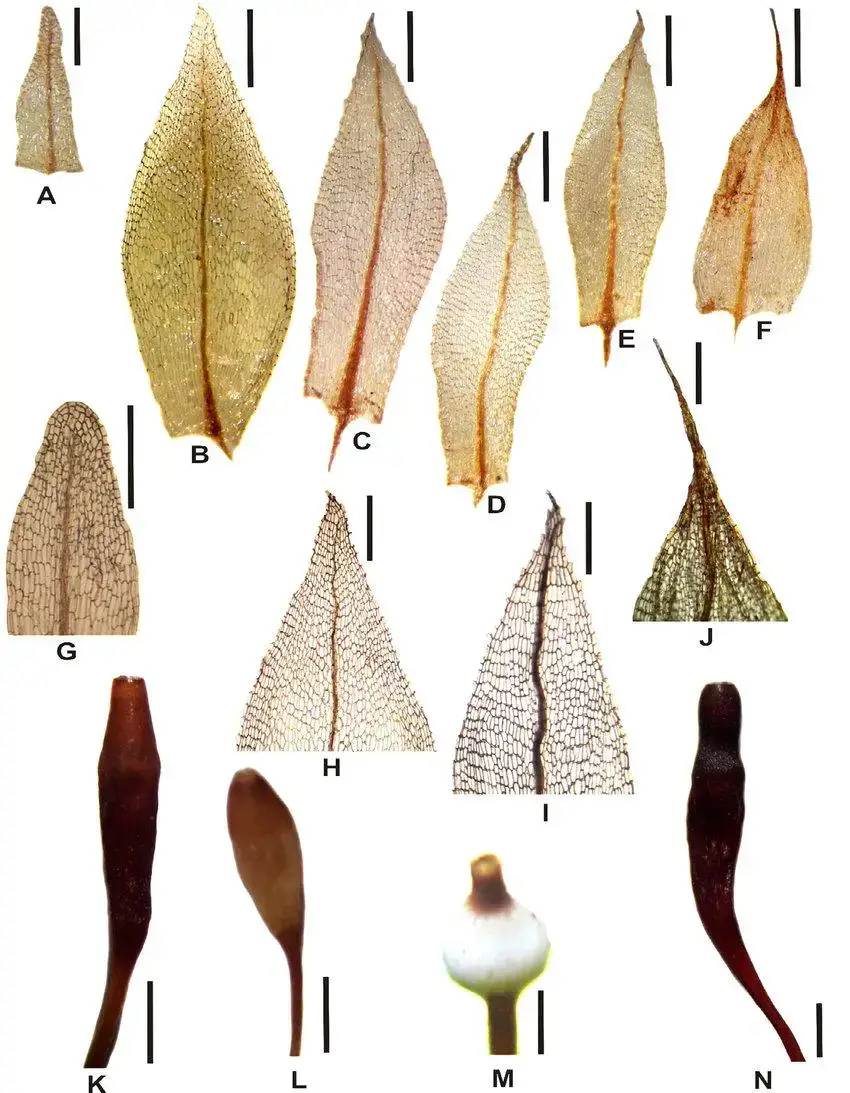
Filidios-y-Capsulas-vistos-bajo-lupa-binocular-y-MO-Tayloria-dubyi-A-G-K-A.jpg from: https://www.researchgate.net/figure/Filidios-y-Capsulas-vistos-bajo-lupa-binocular-y-MO-Tayloria-dubyi-A-G-K-A_fig1_353721425
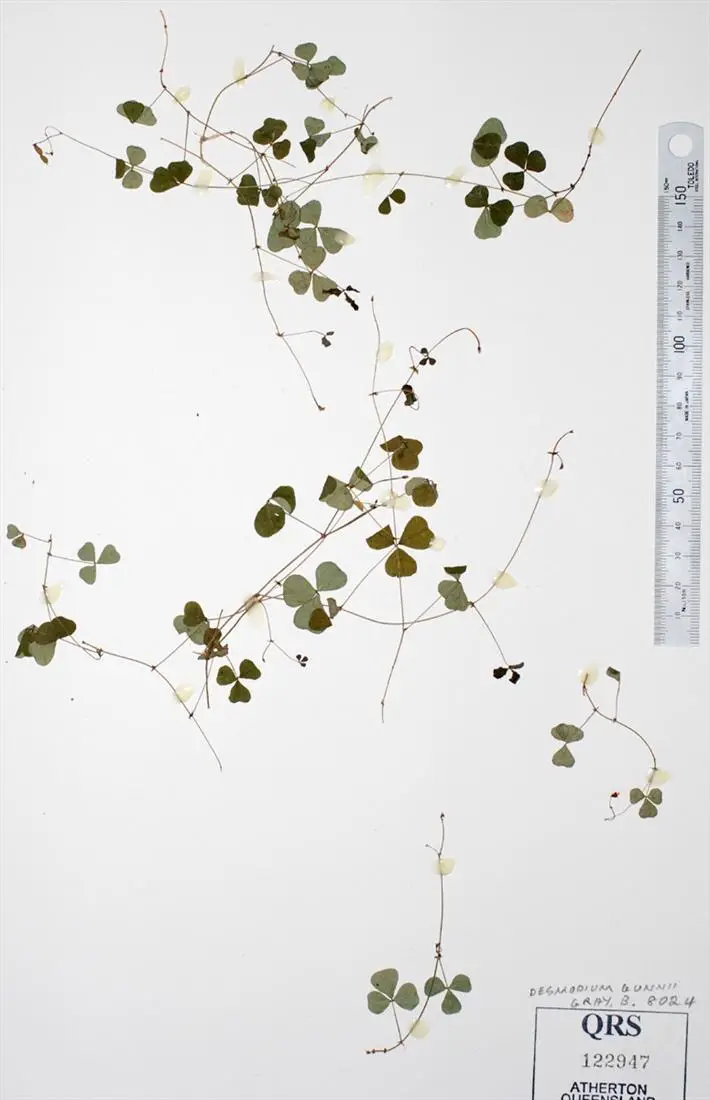
qrs122947.jpg from: https://apps.lucidcentral.org/rainforest/text/entities/desmodium_gunnii.htm

MV5BMThhZTMwZTAtMDc4OS00ZGY2LTlmYTItNzM4ZmY0YmVhMTA0XkEyXkFqcGdeQXVyMjQwMDg0Ng@@._V1_.jpg from: https://www.imdb.com/name/nm2672860/mediaviewer/rm744560384
| Characteristic | Description |
|---|---|
| Family | Splachnaceae |
| Genus | Tayloria
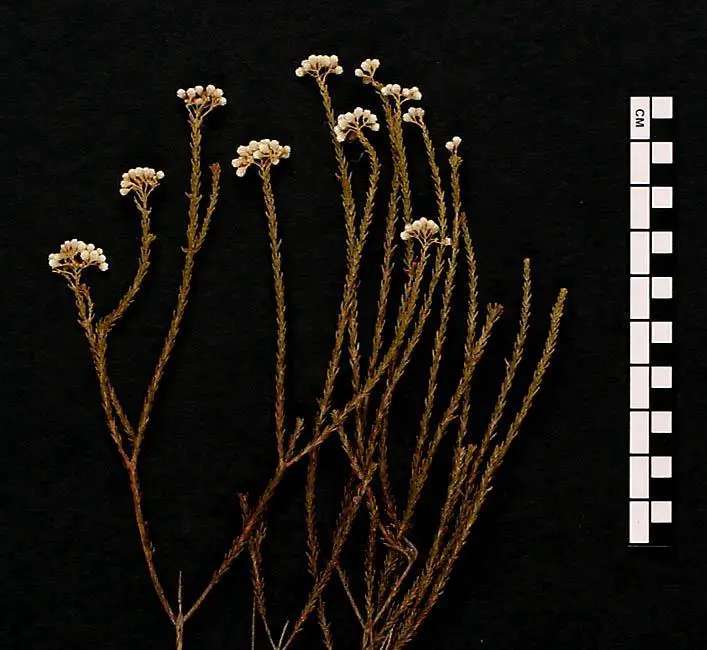 514290.closeup.jpg from: https://plantnet.rbgsyd.nsw.gov.au/cgi-bin/NSWfl.pl?page=nswfl&photo=32&file=12/791/514290.closeup.jpg |
| Species | Tayloria gunnii (Wilson) J.H.Willis |
| Common Name | Tayloria |
| Gametophyte | Leafy gametophores forming dense tufts or cushions |
| Leaf Shape | Lanceolate (lance-shaped), acuminate (tapering to a long point) |
| Leaf Midrib | Costa extending beyond leaf apex, forming a hair-like awn |
| Sporophyte | Distinctive cylindrical, erect capsule with swollen hypophysis |
| Capsule Color | Bright red or orange due to carotenoid pigments |
| Habitat | Decaying organic matter, rotting logs, animal dung, humus-rich soils |
| Distribution | Australia, New Zealand, South America, Antarctica |
Conclusion
Tayloria gunnii, a remarkable moss species of the Splachnaceae family, captivates enthusiasts with its unique morphology, vibrant coloration, and ecological significance. From its distinctive capsules that attract spore-dispersing insects to its role in decomposition and nutrient cycling, this moss truly exemplifies the wonders of the bryophyte world. As we continue to explore and appreciate the diversity of mosses, Tayloria gunnii serves as a reminder of the intricate connections that exist within our ecosystems and the importance of preserving these often-overlooked yet vital organisms.
Leave the reader with a thought-provoking question or statement: Have you ever encountered the striking Tayloria gunnii in your explorations, or perhaps witnessed the fascinating interactions between this moss and its insect visitors?